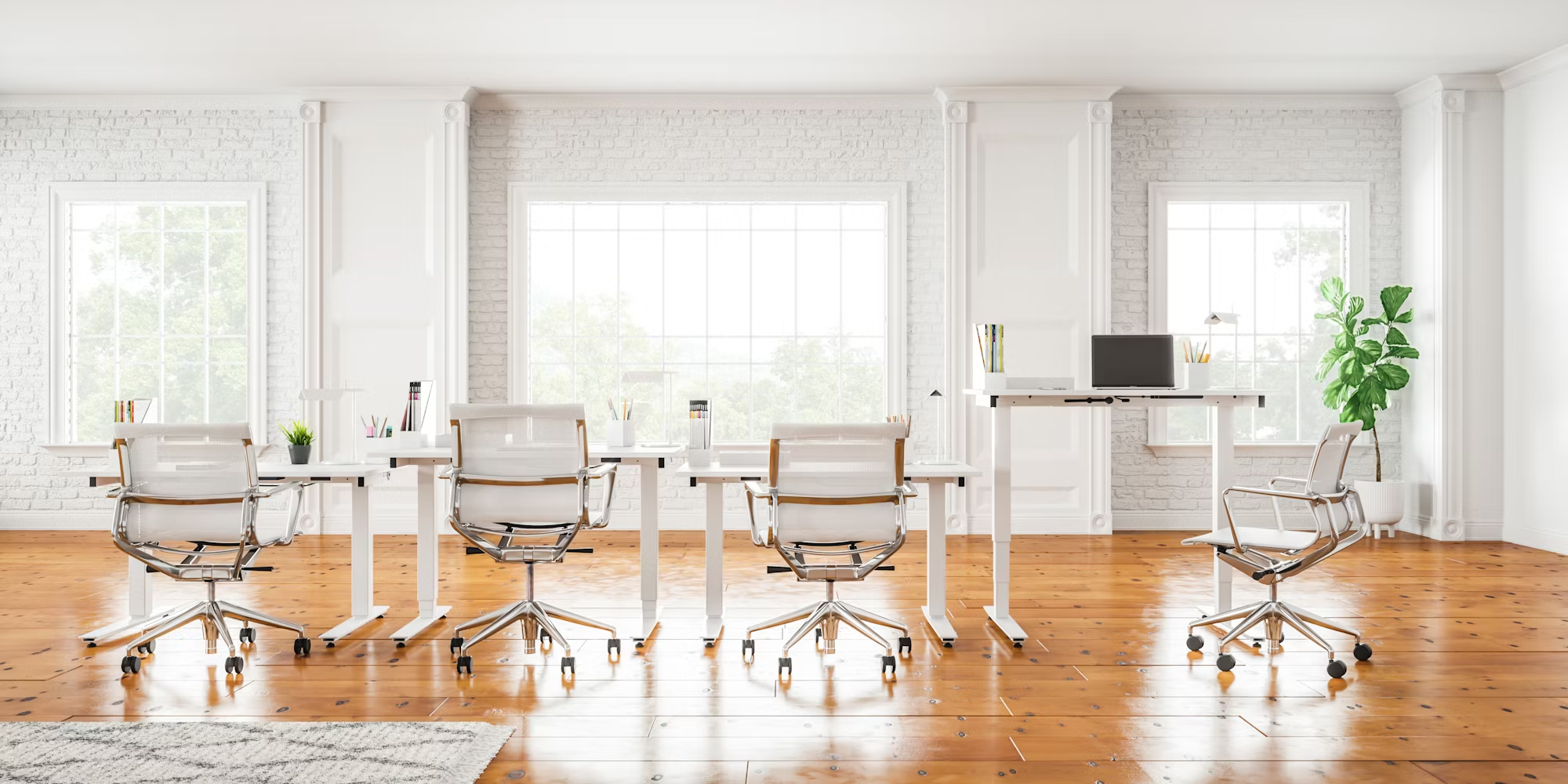As remote work continues to gain popularity, the importance of a well-designed home office cannot be overstated. Creating an environment that fosters productivity, creativity, and comfort is essential for anyone working from home. In this article, we will explore various strategies to craft the perfect home office, focusing on design elements, organizational tips, and personal touches that enhance the workspace experience.
The Importance of a Dedicated Workspace
Having a dedicated workspace is crucial for maintaining productivity while working from home. It helps to establish a boundary between personal and professional life, allowing you to focus during work hours and relax afterward. A well-defined office space can lead to better concentration, fewer distractions, and an overall improved work-life balance.
When selecting a location for your home office, consider factors such as natural light, noise levels, and proximity to other areas of the house. Ideally, choose a room or area that can be closed off from distractions, allowing you to immerse yourself fully in your work tasks. If you lack a separate room, consider using a corner of your living room or bedroom and visually defining that space with furniture or decor.
Designing for Functionality
A functional home office is key to optimizing productivity. Start by choosing the right desk and chair. Your desk should provide enough surface area for your computer, paperwork, and any other necessary tools, while your chair should offer comfort and ergonomic support to promote good posture.
Consider investing in an adjustable desk that allows you to alternate between sitting and standing throughout the day. This flexibility can help reduce physical strain and enhance focus. Ensure that your workspace is well-lit, incorporating both natural and artificial light sources. Position your desk near a window to take advantage of natural light, and consider a desk lamp for additional illumination during late hours.
Organizing Your Space
Organization plays a vital role in maintaining a productive home office. A cluttered workspace can lead to distractions and decreased efficiency. Begin by decluttering your desk and removing items that do not serve a purpose in your work process. Only keep essential tools within arm’s reach to promote a clear mind and focus.
Implement storage solutions that fit your needs. Utilize filing cabinets, shelves, or desktop organizers to keep documents and supplies organized and easily accessible. Consider vertical storage options to save space and create a more open atmosphere. Labeling storage containers can also help streamline your workflow, making it easier to find what you need when you need it.
Personalizing Your Home Office
While functionality is essential, personalizing your home office is equally important. Adding elements that reflect your personality can create an inviting atmosphere that enhances creativity and motivation. Consider displaying artwork, photographs, or inspirational quotes that resonate with you.
Incorporate plants into your workspace to bring a touch of nature indoors. Not only do plants improve air quality, but they also create a calming environment that can boost your mood. Choose low-maintenance varieties if you’re concerned about upkeep. Additionally, consider using color to influence your workspace’s ambiance. Soft, muted tones can create a peaceful environment, while brighter hues can energize the space and stimulate creativity.
Technology and Tools
A well-equipped home office relies on the right technology and tools. Ensure that your computer, printer, and other devices are functioning correctly and suitable for your work tasks. Invest in high-quality accessories, such as ergonomic keyboards and mice, to enhance comfort during extended periods of use.
Utilize productivity software and apps to help manage your tasks and keep your projects organized. Tools like project management software can streamline collaboration with colleagues and enhance workflow efficiency. Consider integrating technology that promotes organization, such as digital calendars and note-taking apps, to keep track of deadlines and important information.
Creating a Routine
Establishing a routine is vital for maintaining productivity while working from home. Create a schedule that mirrors a traditional workday, including regular breaks to recharge. Set specific working hours, and communicate these boundaries to family members or housemates to minimize distractions.
Incorporate rituals that signal the beginning and end of your workday. This could include a morning coffee routine, a short exercise session, or a dedicated time for planning your tasks. Having a structured routine not only helps you stay organized but also fosters a sense of normalcy in your work-from-home lifestyle.
Ergonomics and Comfort
Prioritizing ergonomics in your home office can significantly enhance comfort and reduce the risk of strain. Ensure that your desk and chair are at the appropriate height to promote good posture. Your feet should rest flat on the floor, with your knees at a 90-degree angle. If your chair is not adjustable, consider using a footrest to maintain proper alignment.
In addition to proper seating, ensure that your computer screen is at eye level to reduce neck strain. If you spend extended periods working at a desk, take regular breaks to stretch and move around. Incorporating physical activity into your day can help alleviate tension and boost productivity.
The Role of Ambiance
Creating the right ambiance in your home office can enhance your work experience. Consider incorporating soft background music or white noise to help you concentrate. If you prefer silence, ensure that your workspace is quiet and free from distractions.
Adjusting the temperature to a comfortable level is also important. Too much heat or cold can hinder your focus, so ensure your space is conducive to work. Personalize your lighting options to create the desired atmosphere; warm lighting can foster relaxation, while brighter, cooler lighting can boost alertness.
Balancing Work and Life
One of the challenges of working from home is maintaining a healthy work-life balance. To prevent burnout, set boundaries between your work and personal life. After your designated work hours, step away from your workspace and engage in activities that help you unwind.
Consider creating a dedicated relaxation area in your home to encourage downtime. This could be a cozy reading nook, a meditation space, or an area for hobbies. Establishing a clear separation between work and leisure can promote mental well-being and enhance overall productivity.
Conclusion
Crafting the perfect home office is an ongoing process that evolves with your needs. By focusing on functionality, organization, and personal touches, you can create an environment that fosters productivity and comfort. Embrace the flexibility of remote work while prioritizing your well-being and efficiency. With thoughtful design and intentional routines, your home office can become a space where you thrive, blending work and personal fulfillment seamlessly.





